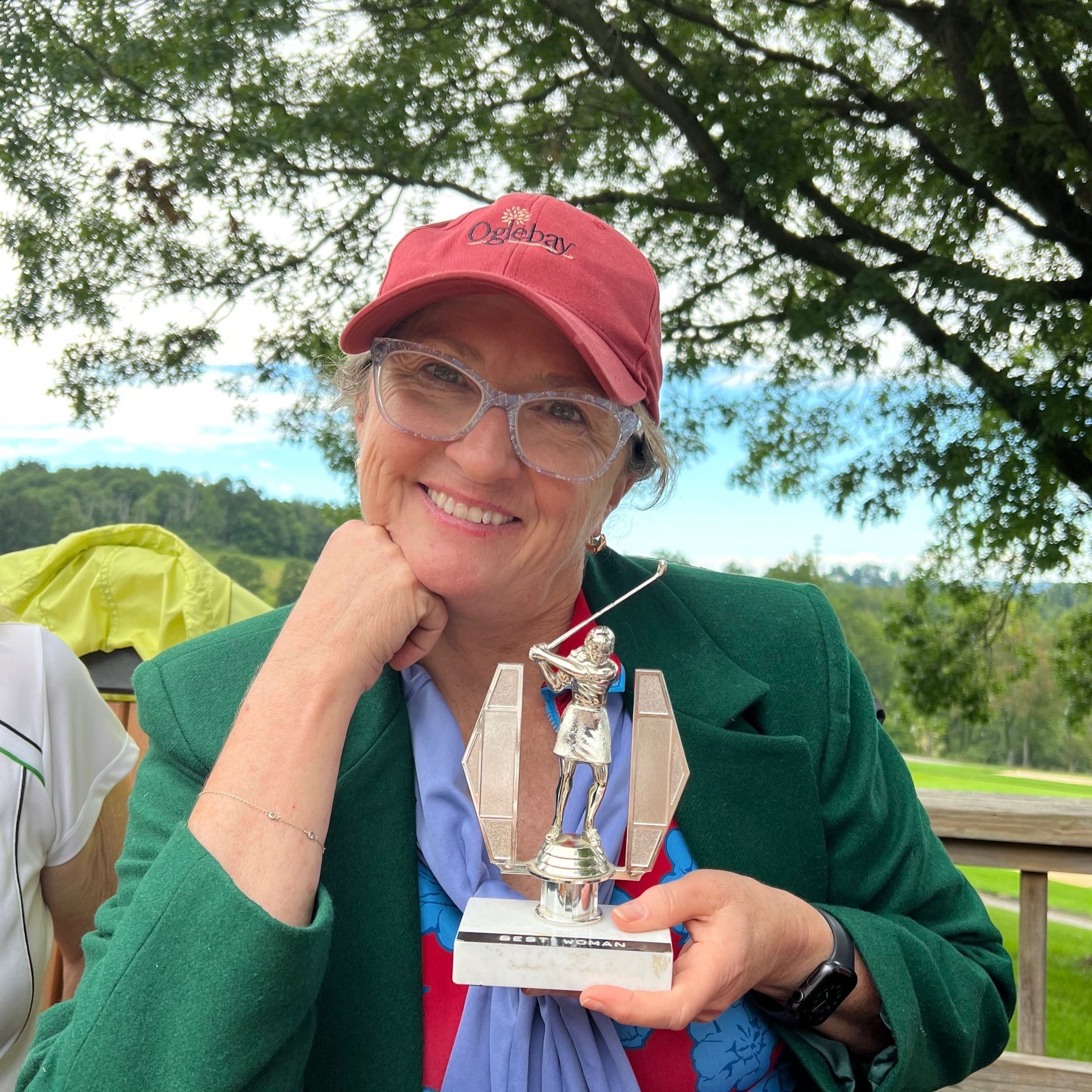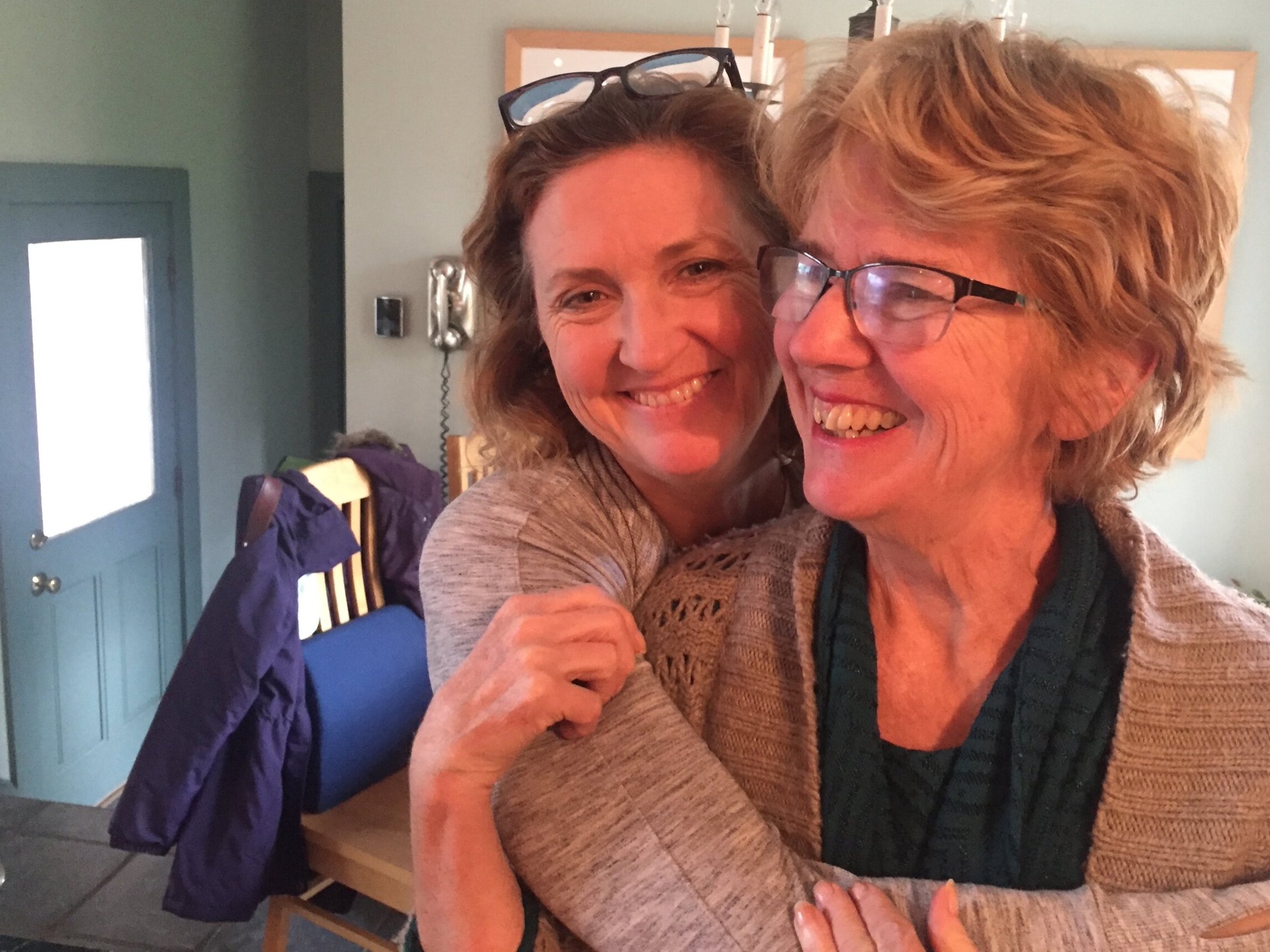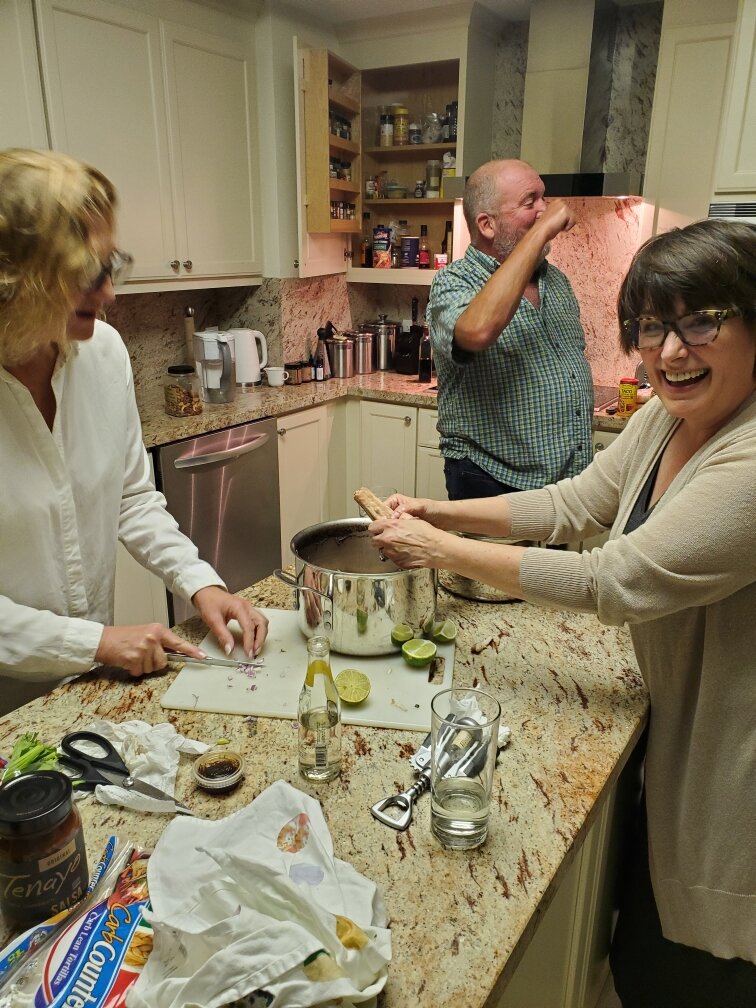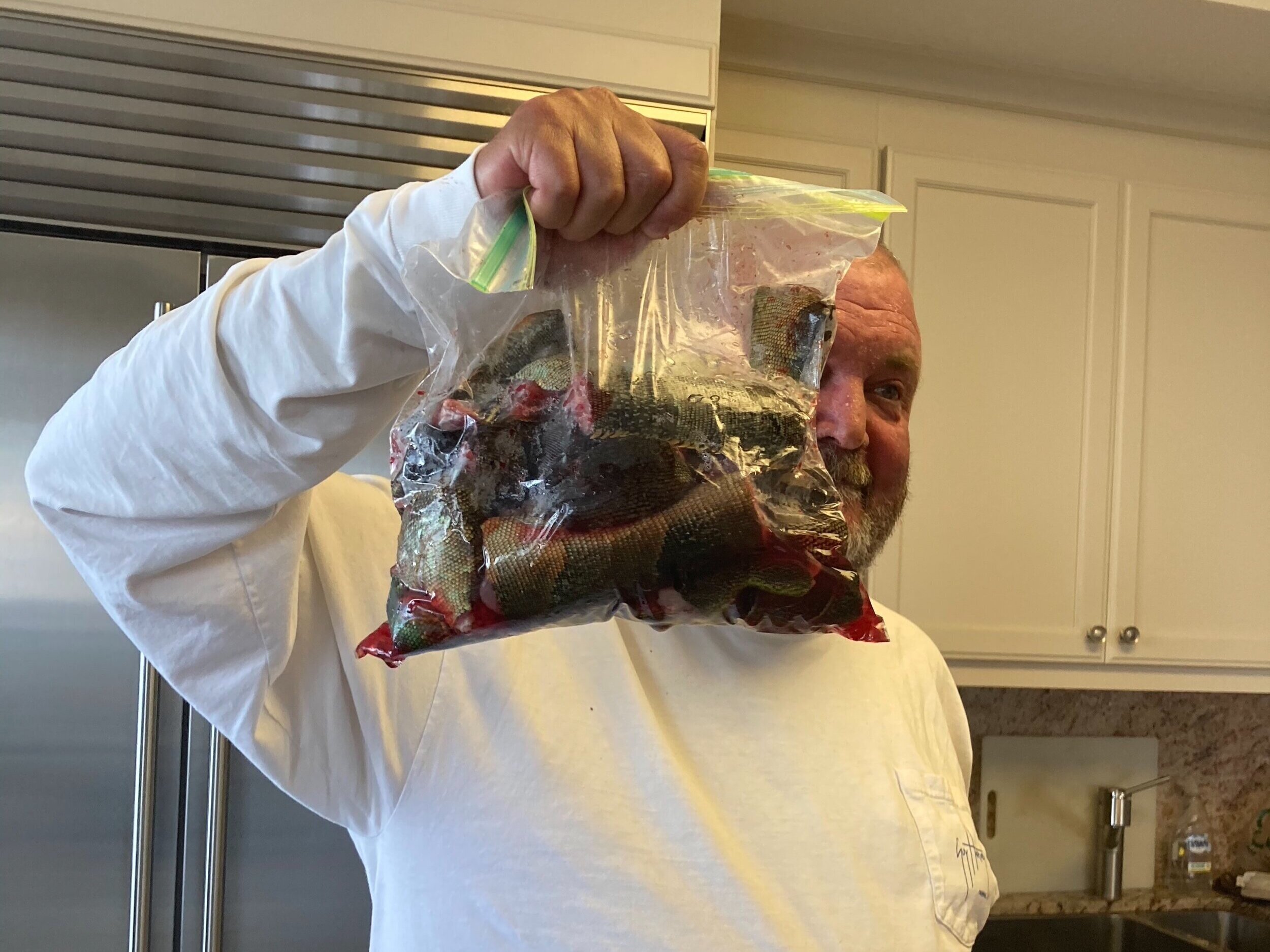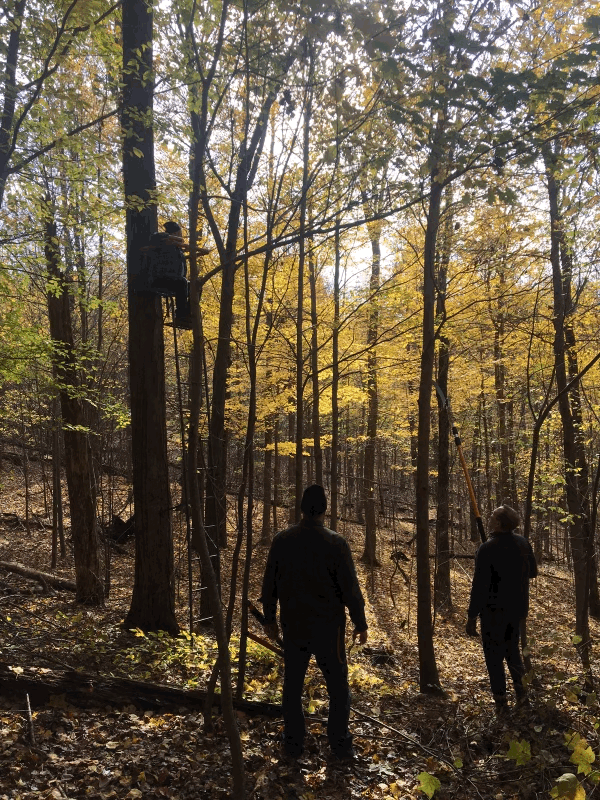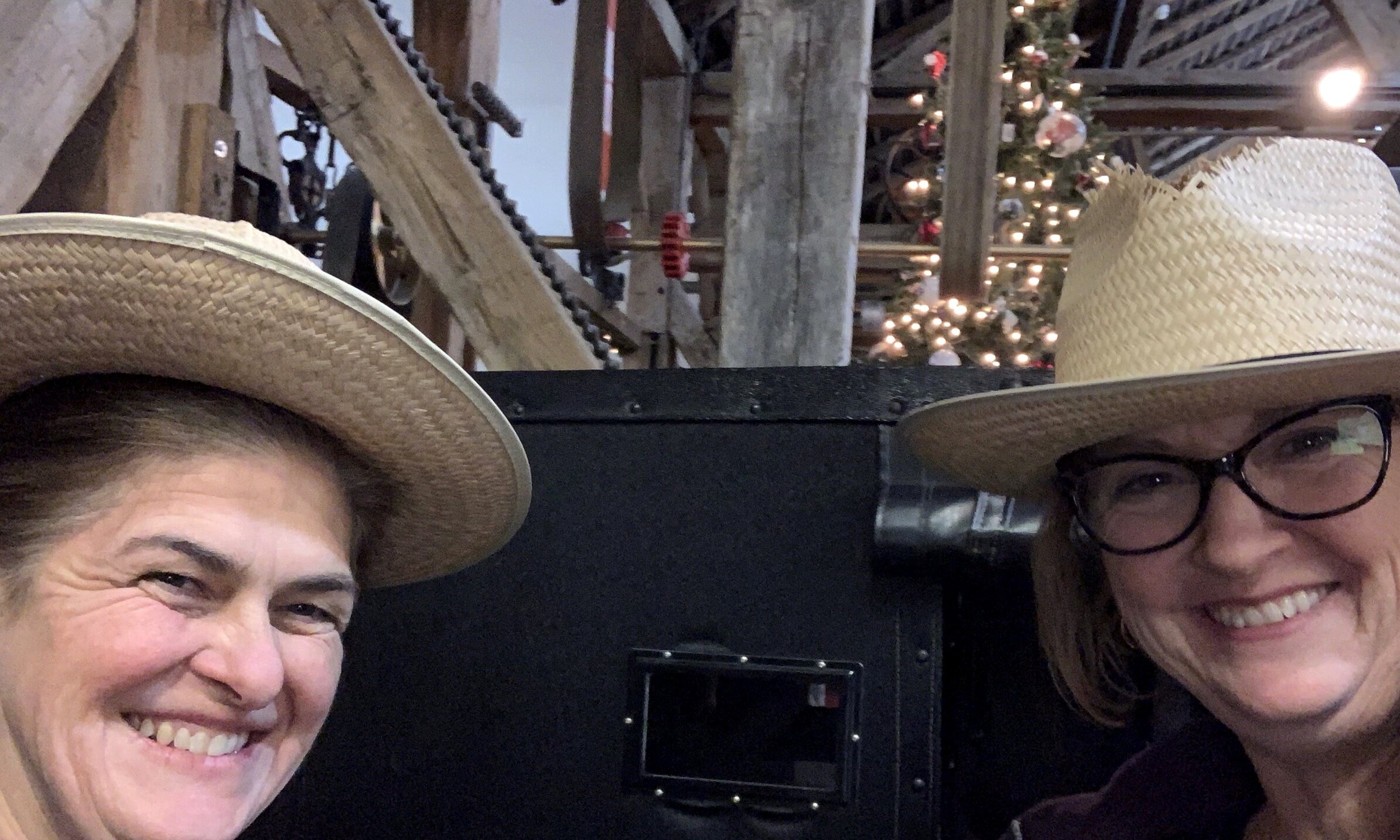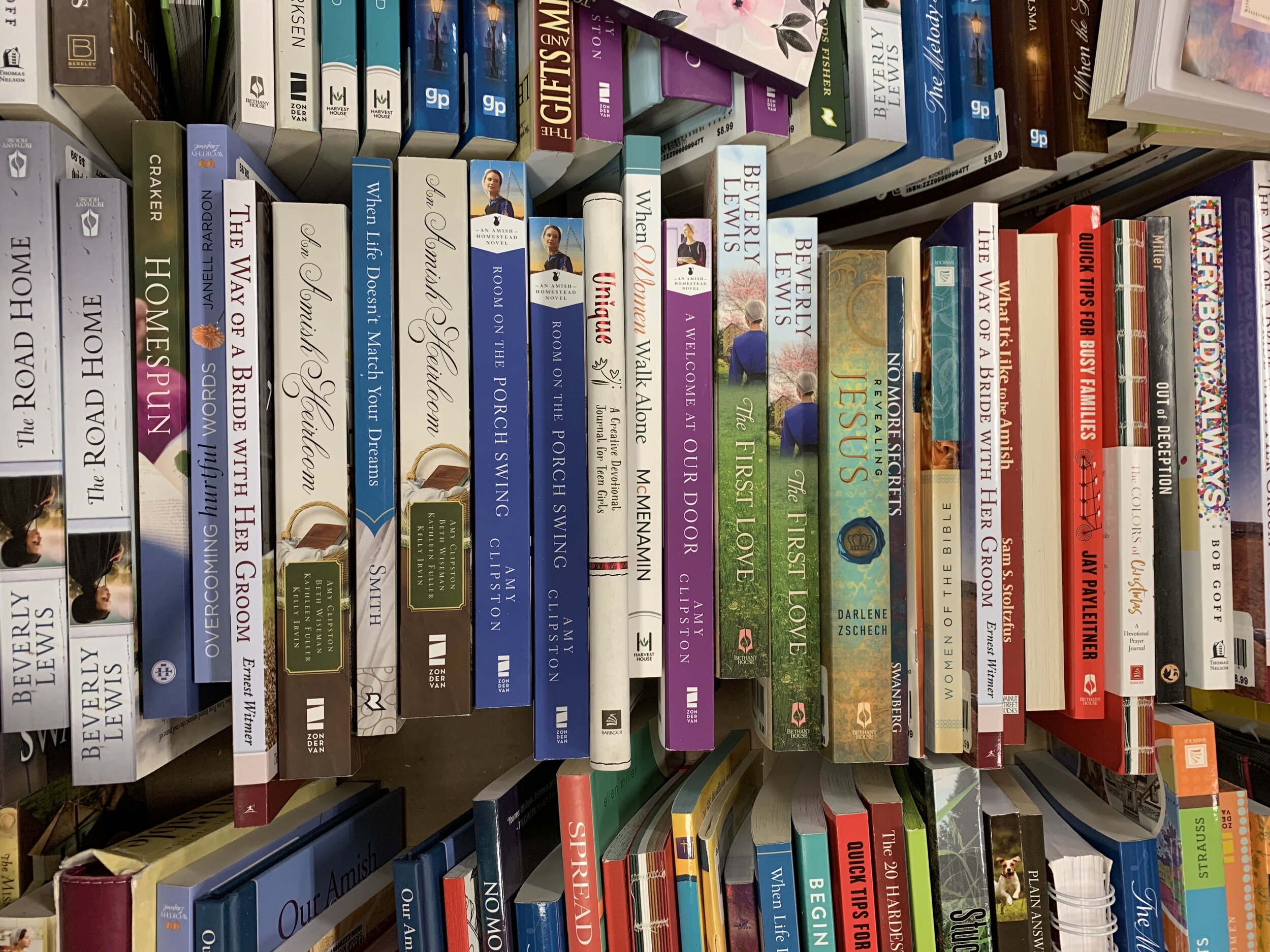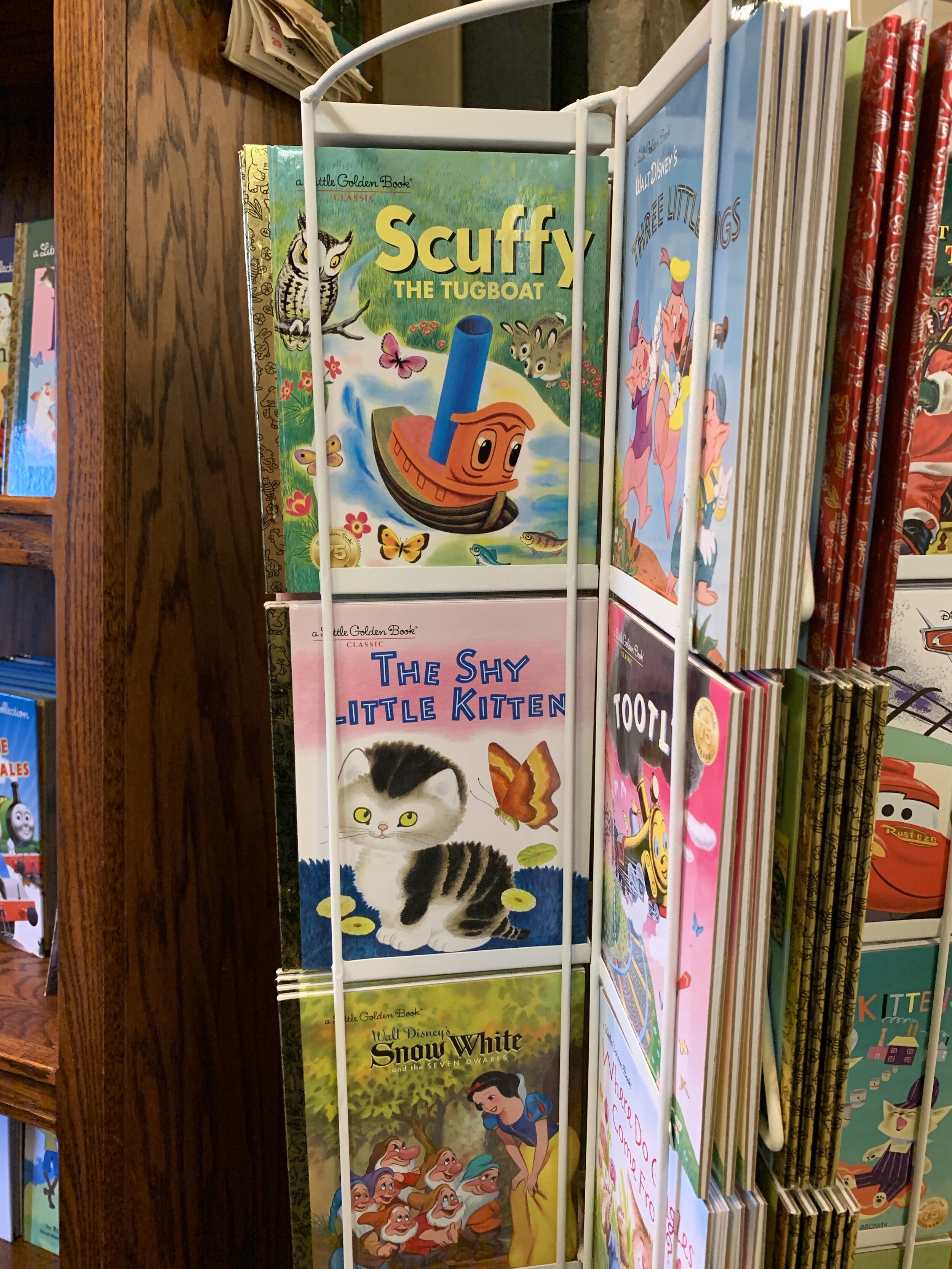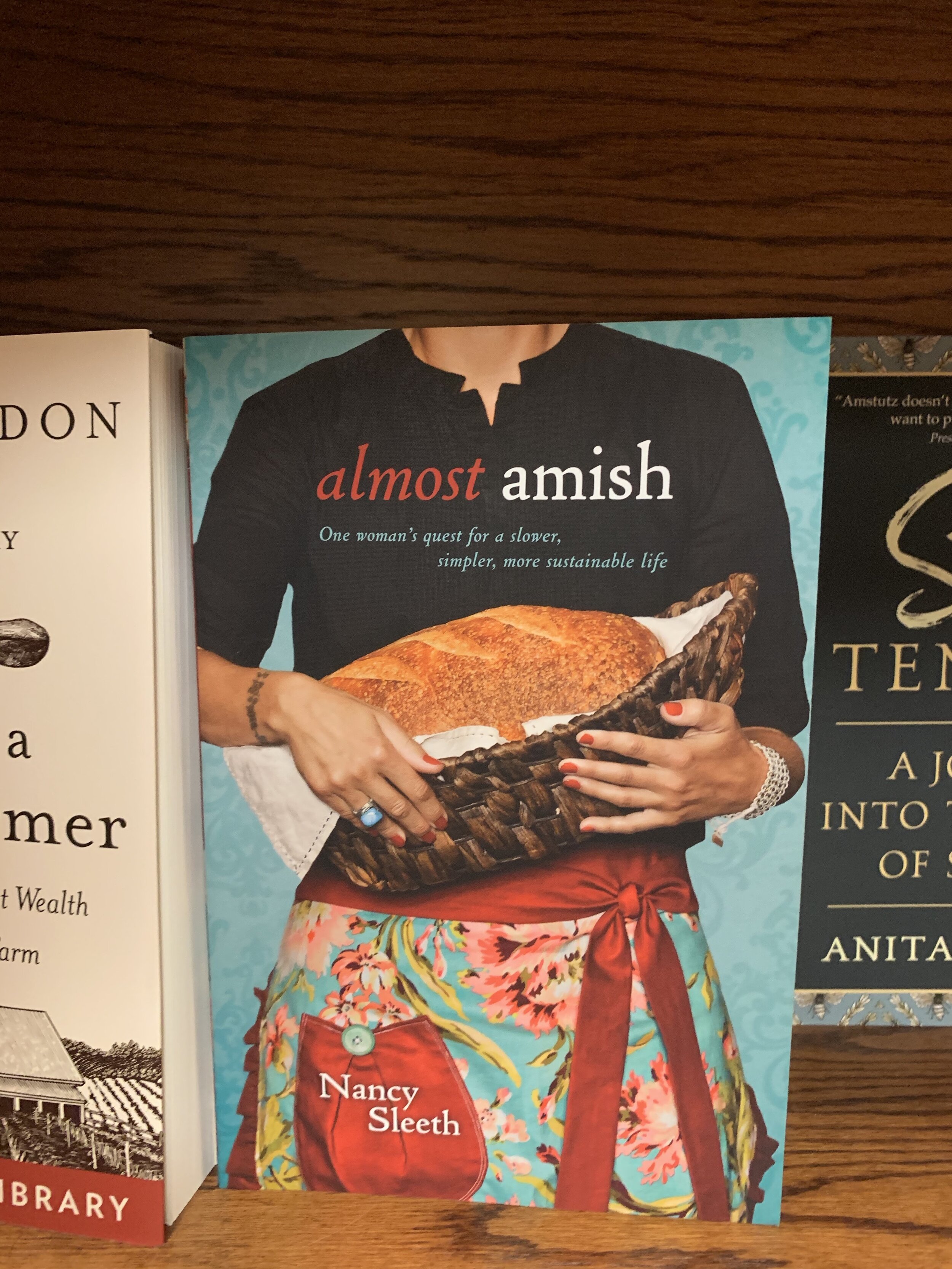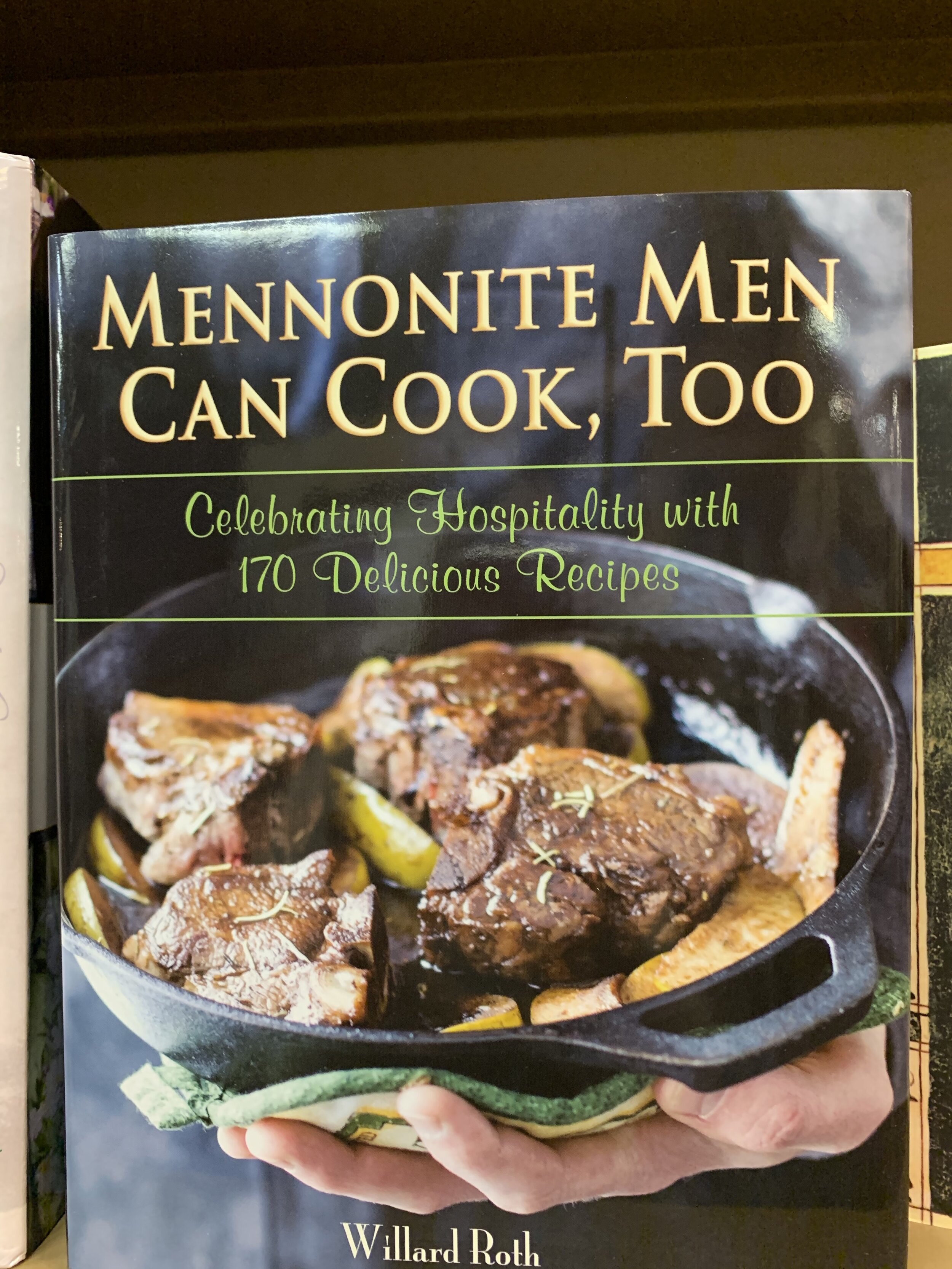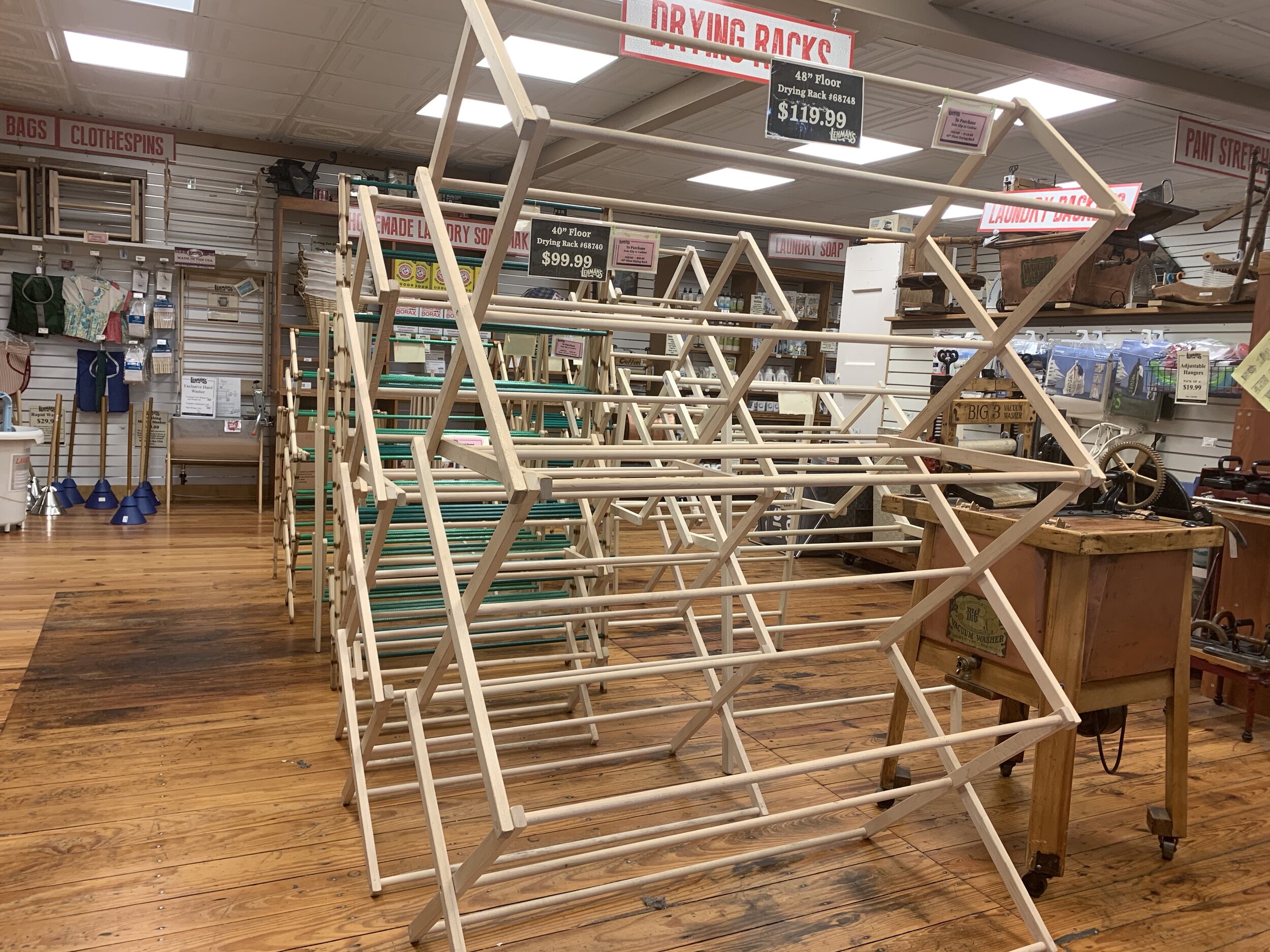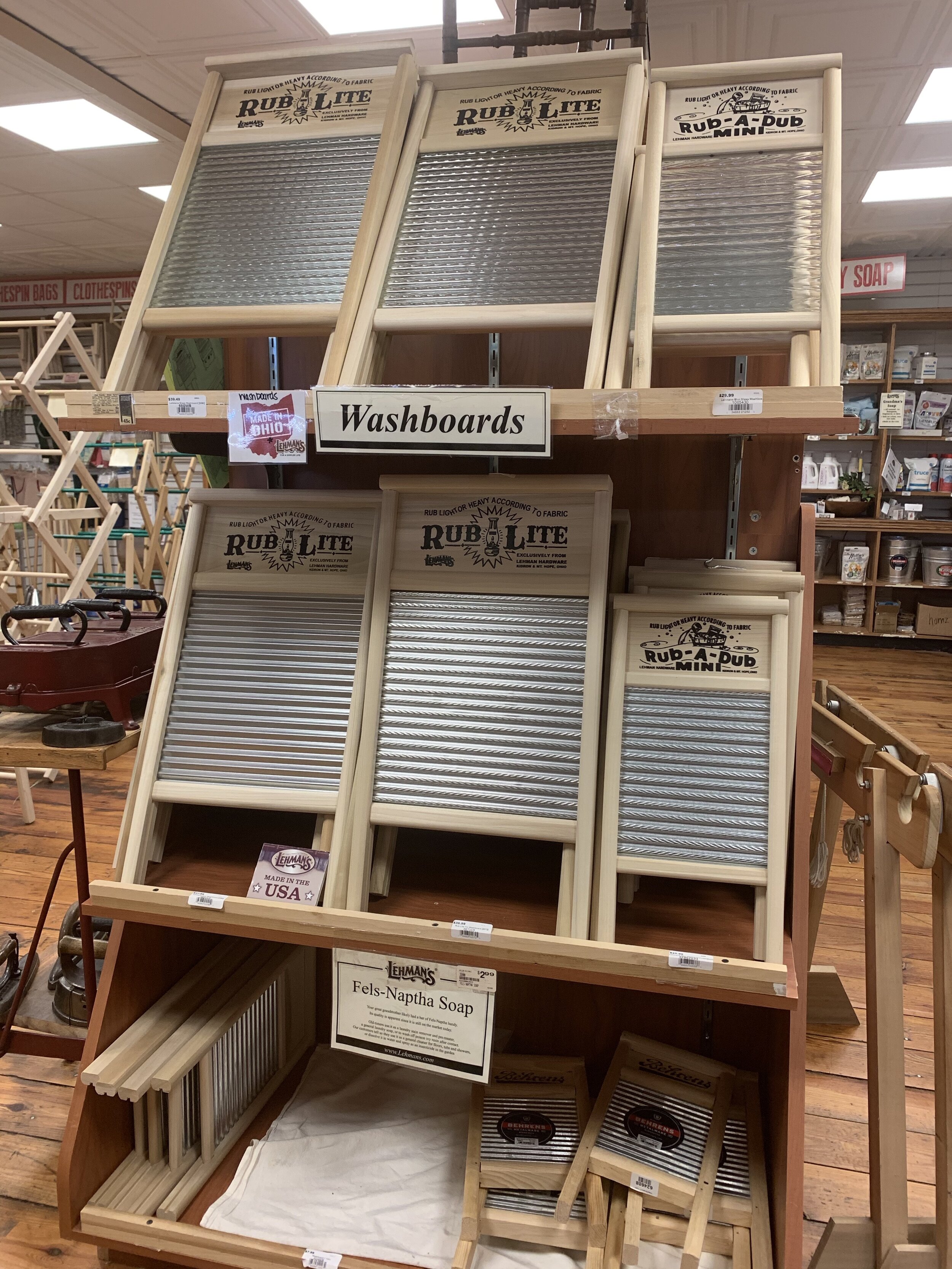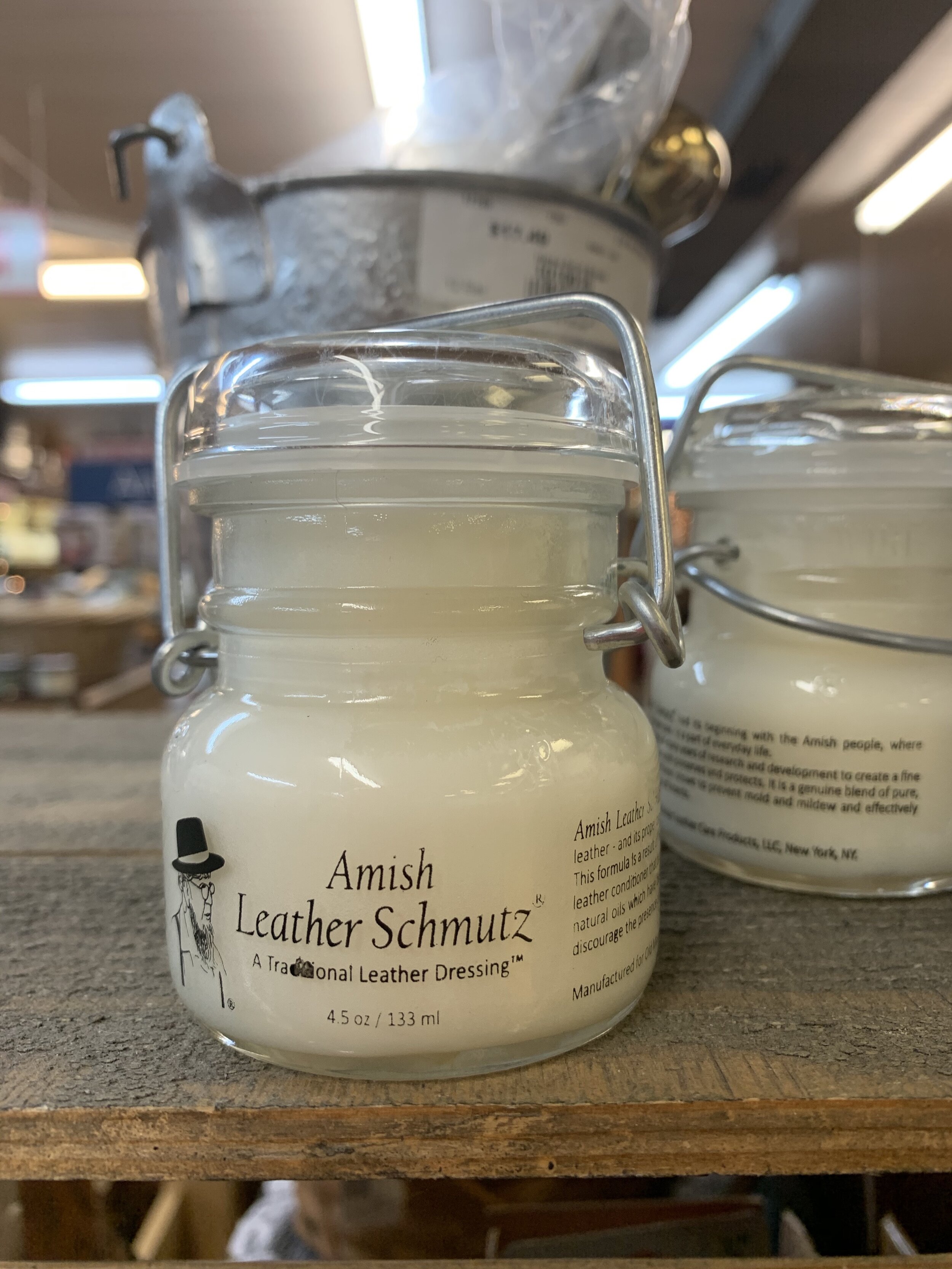Basket Case
It is officially spring. Finally. And Easter is nigh. We are normally in Miami for Easter, rejoicing in the Easter miracle by sunbathing, swimming and playing Yahtzee in the shade. This year, for the first time in many years, we are celebrating at home, with all the whims, beauty, and frustration that is springtime in Ohio. As I write, I see green grass and new growth outside ... 24 hours ago, everything was shrouded in 3 inches of snow.
It's good to be back on our farm in early spring. While it is “the muddy season” on any farm, the place is also percolating with new life. The trees wake up a little more every day, the fern peak out of the ground and begin their slow yawn upwards, and almost every day there is a new baby horse born in the barn.
I am pulling my various little Easter decorations out of storage, festooning the front door with a forsythia wreath, the table with rabbits, Easter eggs, and colorful flowers, smiling with guilty delight all the way. My father would not approve. Celebrating Easter was a complicated thing to navigate when I was little.
When I was about 8 or 9, my best friend Kammy, and I found these shiny new plastic eggs that my mother had bought. They each had a little hole at the top with a wire string. We spent an entire afternoon a couple of weeks before Easter carefully taking each egg out of the package and decorating the dogwood tree in front of our house. We were so thrilled with our handiwork. That little tree veritably radiated with pastel color. “Wait ‘til Marge and Jack see this,” I thought to myself proudly. But when my dad, a devout, daily communicant Catholic, got a hold of our project, he fumed. “Don’t you know we cannot celebrate Easter until after Good Friday?”
I was mortified with guilt. Not quite as bad as when I was caught playing mass on the front porch with some extra hosts left lying around after my parent’s in-home anniversary mass ... but still, wracked with guilt. The eggs came down, our tear-stained faces looking up into the tree branches to be sure we got every last one.
Today’s frivolous, child-centered Easter was not really a thing in our house growing up. Easter was all about The Passion, the waiting, and celebrating the miracle of Easter Sunday. Sure, we would color Easter eggs, that strong vinegar smell and food dye sticking to our fingertips all day. Every year, I went to an Easter Egg hunt at the park nearby, but never, never found a single egg because the big kids always raided the woods before I even had a chance ... either that, or I overslept, arriving late, after it was already over. Then, invariably, months after Easter, some time every summer, the real egg hunt would ensue as we all hunted fervently inside our house for the rogue rotten egg that had never been found a few months earlier. My mother, brothers and I would sniff the air of the family room like truffle dogs until we discovered the culprit, rotting comfortably in the chandelier or the toy box.
Easter was a serious, religious holiday, only to be celebrated on Easter morning with my dad belting out in Latin, “Resurrexit Sicut Dixit” (He is risen, as He said). We never received any toys on Easter, just some candy and that static, sticky, green plastic grass that kept surfacing until around Christmas. And so, when I received a shiny, Dawn Doll beauty pageant set on Easter one year -- complete with dolls, costumes, and a fashion runway and stage -- I was shocked. While my brothers all watched golf on TV to celebrate the Risen Lord, I set up my little dolls, dressing them and inserting them each into the mechanical walkway that would let them strut down the catwalk as I cranked a little lever on the side. Halleluiah, it was amazing. But then Jack got a look at the new toy and was not amused. We don’t, it seems, celebrate our Lord and Savior by playing with little dolls. (Golf was ok, though). The dolls all went back into the box, and back to the store, with me, yet again, hunched in shame that I could be so sacrilegious.
Also, Easter baskets were barely a thing growing up. More often than not, my brothers and I would wake to the baskets just kind of plopped in the middle of the dining room table. “There, knock yourselves out,” I’m sure my mother was saying, as she shuffled off to bed the night before. After a day or so, she would dump the candy from all the baskets into one large bowl to consolidate the goods, making it easier for her to access the chocolate eggs, I’m thinking.
As a young mother myself, I walked the line at Eastertime between paganism, Catholicism, capitalism, and pragmatism, stuffing my girls’ baskets with chocolate crosses, jelly beans, Polly Pocket Dolls and sunscreen for the beach. One year, at our annual Miami Easter stay, I had sent my husband out to purchase prepackaged baskets from the convenience store nearby. Mr. Buzz Kill returned with only 2 baskets, declaring that our oldest, at age 10, was “too old for Easter baskets.” I protested, but then, in the chaos of a large family beach vacation, never got around remedying the problem, or organizing a “big girl” basket for her ... until it was too late. There we were, on Easter morning, with my three girls excitedly looking for their Easter baskets hidden in our hotel room. One found hers in the shower. The next found hers behind the window drapes. And there was my oldest ... searching and searching, with me sweating and pacing back and forth, scolding myself for having not solved this issue in time. “Mom, where’s my basket?” she asked, befuddled that she couldn’t find it. “Um ... sweetie ...” I stammered. I don’t even remember the rest, except that the poor thing fled the room, spending the rest of Easter crying and giving me and my husband evil glances at the pool. It was awful. We deserved it. Once again, I was filled with Eastertime shame, not because I wasn’t holy, but because I just didn’t have my shit together as a mother. Ugh. Sure, she’s forgiven me, but I just can’t let it go.
And so, some twenty years later, I’ve just mailed out an Easter basket to my eldest, now a grown adult. In it, she will find some trinkets, some candy, some practical little gifts, all penitential efforts to purge my guilt from years ago.
But in this Easter season of redemption, forgiveness, resurrection, and renewal, perhaps it is time to forgive myself, move on, and let it go. Just as soon as I throw away my hair shirt.

